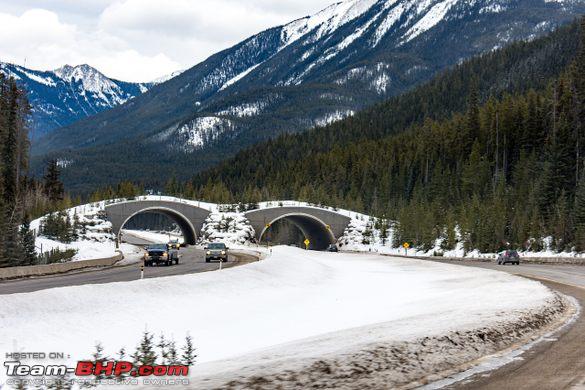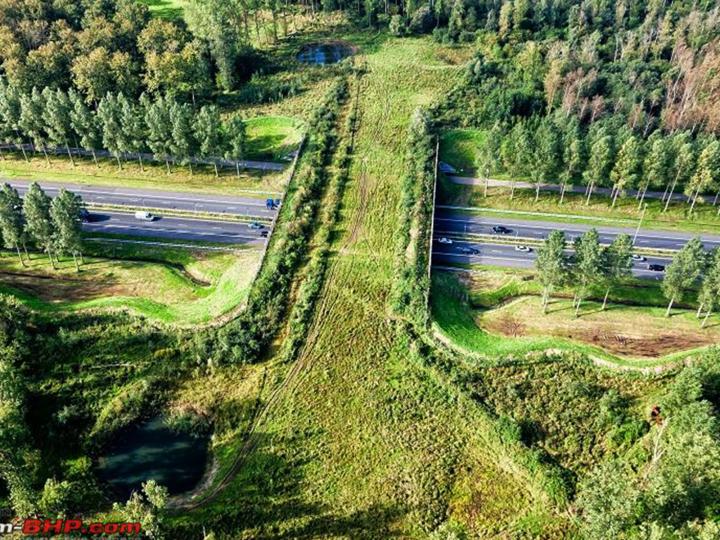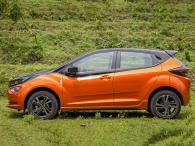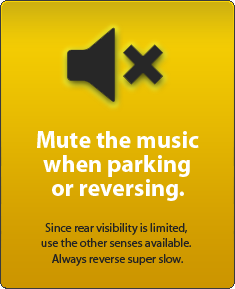News
How roads have been transforming our planet: Ecological havoc?
I wonder if I sound hypocritical to talk about the adverse impact of roads and cars on animals. However, I suppose it is worthwhile to understand and change some habits.
BHPian kiku007 recently shared this with other enthusiasts.
Roads and automobiles represent progress and freedom for most humans.

However, they can also bring destruction and doom to others. Why did the chicken cross the road? Perhaps, the question is, why did the road cross the chicken’s path?


It was my turn to pick a book for our Book Club, and I chose New York Times Notable Book of 2023 and Editors' Choice, Ben Goldfarb's, Crossings: How road ecology is shaping the future of our planet.

The book provided a shocking insight into the adverse impact of roads and what can be done to limit the damage. The numbers are just staggering. Entire species are at the threat of becoming extinct.
USA: It’s estimated that more than one million vertebrate animals are killed by vehicle collisions every day
Brazil: Cars strike 400 million animals each year.
Tasmania: The roadkill capital of the world! One dead animal every 2.7 km. 300K animals killed every year.
Look at the time and effort required for a Koala to cross a major road.
About the book:
An eye-opening account of the global ecological transformations wrought by roads, from the award-winning author of Eager. Some 40 million miles of roadways encircle the earth, yet we tend to regard them only as infrastructure for human convenience. While roads are so ubiquitous they’re practically invisible to us, wild animals experience them as entirely alien forces of death and disruption.
In Crossings, environmental journalist Ben Goldfarb travels throughout the United States and around the world to investigate how roads have transformed our planet. A million animals are killed by cars each day in the U.S. alone, but as the new science of road ecology shows, the harms of highways extend far beyond roadkill. Creatures from antelope to salmon are losing their ability to migrate in search of food and mates; invasive plants hitch rides in tire treads; road salt contaminates lakes and rivers; and the very noise of traffic chases songbirds from vast swaths of habitat. Yet road ecologists are also seeking to blunt the destruction through innovative solutions.
Goldfarb meets with conservationists building bridges for California’s mountain lions and tunnels for English toads, engineers deconstructing the labyrinth of logging roads that web national forests, animal rehabbers caring for Tasmania’s car-orphaned wallabies, and community organizers working to undo the havoc highways have wreaked upon American cities.
Today, as our planet’s road network continues to grow exponentially, the science of road ecology has become increasingly vital. Written with passion and curiosity, Crossings is a sweeping, spirited, and timely investigation into how humans have altered the natural world―and how we can create a better future for all living beings.
What is road ecology?
Road ecology is the study of the interactions between roads and the natural environment. It is a multidisciplinary field that examines the ecological effects of roads and transportation infrastructure on wildlife, habitats, ecosystems, and the overall landscape. The main areas of focus in road ecology include:
Wildlife Mortality: Understanding and mitigating the direct impact of roads on animal mortality due to vehicle collisions.
Habitat Fragmentation: Assessing how roads divide habitats and disrupt the movement and connectivity of wildlife populations.
Ecological Corridors: Designing and implementing structures like wildlife crossings, overpasses, and underpasses to facilitate safe animal movement across roads.
Pollution: Studying the effects of pollutants from roads, such as runoff containing heavy metals, oil, and other contaminants, on surrounding ecosystems.
Noise and Light Pollution: Examining how traffic noise and artificial lighting from roads affect wildlife behavior and physiology.
Invasive Species: Investigating how roads can facilitate the spread of invasive species, altering local ecosystems and outcompeting native species.
Landscape and Vegetation Changes: Understanding how road construction and maintenance impact local vegetation and landscape structures.
The goal of road ecology is to develop strategies and solutions to minimize the negative impacts of roads on the environment while promoting safe and efficient transportation. This involves collaboration among ecologists, engineers, urban planners, and policymakers to create infrastructure that balances ecological and human needs. (Source: ChatGPT).
It was fascinating to learn about animal crossings and their positive impact on the wildlife. World over a number of initiatives are being taken to make life a little bit easier for animals.
Canada - Banff National Park Animal Overpass.



USA - Wallis Annenberg Wildlife Crossing: World’s largest wildlife crossing to open by early 2026.


USA - Oregon: The Salmon Super Highway.

Australia - Christmas Island Bridge for Crabs:

India - PENCH Tiger Reserve - Elevated Highway.
My musings,
Being a self-confessed automobile enthusiast, I wonder if I sound hypocritical to talk about the adverse impact of roads and cars on animals. However, I suppose it is worthwhile to understand and change some habits.
Personally speaking, I reckon it’s time to take the “Slow down for animals” sign seriously and take extra care when driving through national parks.

I’m afraid some motorists consider pedestrians as not-equals and treat them like animals crossing the road. Forget about animals, it’ll be good if such motorists treat pedestrians with dignity.
Keen to understand what other members think on this topic.
Check out BHPian comments for more insights and information.
- Tags:
- Indian
- Member Content
- Highways













_5.jpg)





